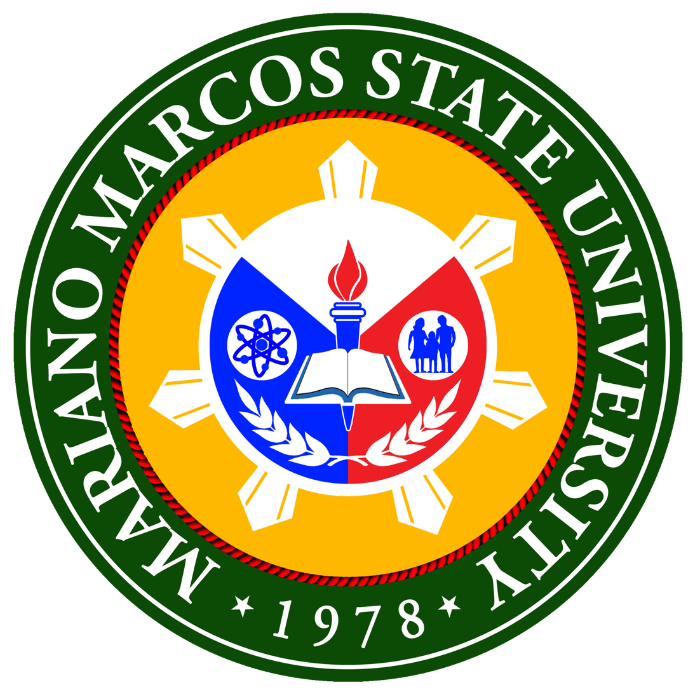MMSU to launch virtual learning hub
By JOHN VINCENT B. TORIBIO
The Mariano Marcos State University (MMSU) is working out a virtual learning hub (VLH) to facilitate the university’s shift to the New Normal academic environment.
President Shirley C. Agrupis has started to expedite the development of university facilities in line with the creation of a VLH.
“In order to really survive as an academic institution from the problems caused by the COVID-19 pandemic, we have to fast track the work banking on the power of the virtual environment.” she said.
Conferring with a team of academic experts on Thursday (May 7), Dr. Agrupis presented the formation of the MMSU Virtual Learning Environment and Training Center (MVLETC) to lead the establishment of the hub.
“With this VLH, the University aims to be in the frontline in re-shaping the tools, resources, technologies and infrastructure to responsively resolve the challenges in instruction amid the crisis,” she added.
Dr. Agrupis said that only about 20 percent of the country’s state universities and colleges (SUCs) are able to handle virtual learning, noting that this is based on the results of the survey conducted by the Commission on Higher Education (CHED).
“Because MMSU is cited as one of the few schools which currently have virtual learning technologies, we should accelerate the advancement of our facilities to cater not only to our constituents, but also to other schools which may need our assistance,” she said.
The MMSU president said that the hub is designed to be a station where teachers can virtually meet their classes, work on their instructional materials and resources, and record instructional videos and audios, among other things.
Once operational, the hub will also become a haven for students to connect to a fast-speed internet connectivity, use facilities to access resources and materials, have convenient discussion spaces, and cubicles for individual work.
The MVLETC team is currently finalizing the plan for the main centers and versatile centers of the hub.
In addition, while the creation of the VLH targets to cater the technological needs of the university Language Center as it handles English programs among foreign students every year, the hub will be a strategic place for meetings and training workshops. Also, the university Distance Learning Program (DLP) will be facilitated in the said hub.
“The VLH shall further strengthen the ability of MMSU to widen the scope of the DLP,” Agrupis said, adding that it would also address the requirements of the University of Arizona (UA) to have MMSU as its micro-campus. (See article: https://www.mmsu.edu.ph/news/us-school-mmsu-to-apply-micro-campus-model)
“Because a state-of-the-art facility in MMSU is needed where students can interact with UA’s lecturers, the establishment of the Virtual Learning Hub is strategic,” Agrupis explained.
The facility will also be used to attend to the other foreign partner institutions of the University.
As of now, the University utilizes the MMSU Virtual Learning Environment (MVLE) for instruction.
For years now, a number of faculty members use the platform in handling their classes. In this line, faculty training will again be conducted next week by the university Information and Technology Center (ITC) to reinforce the full use of the MVLE by the faculty members.
In response to the concerns of some students who have limited media access, Agrupis assured that “the University will compassionately respond to this need by looking for ways on how to equip students with their needed resources.”
Currently, the half of the second floor of the University Library is ready to home the needed facilities for the virtual learning hub.
The hub will include virtual rooms, video and audio recording bays, discussion rooms, faculty and student lounges, and computer cubicles.
Dr. Marivic M. Alimbuyuguen, chair of the CLMS, said “the team will work very hard for the sustainability of this project.”
Written By:
Administrator
Other News
2 MMSU profs receive BSU-CVM Young Veterinarian Achiever Award
MMSU Vet Med prof recognized for contributions in marine mammal protection
MMSU-CTE hosts SUCTEA Regional Conference
100% success of MMSU nursing and physician board examinees feted in testimonial rites
Parnuay rolls out discussions aligning education with creative industries

